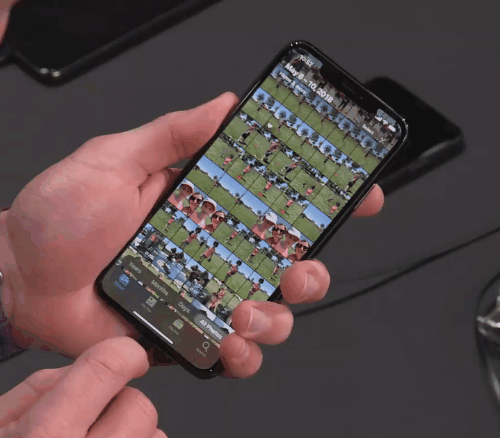Audi proves two little screens are better than one big screen
I’m spending some time in the new Audi Q8, and the car company equipped the crossover with its latest infotainment system. I love it, fingerprints, dust and all. The grimy screens are part of the story. […]
Audi proves two little screens are better than one big screen Continue »








